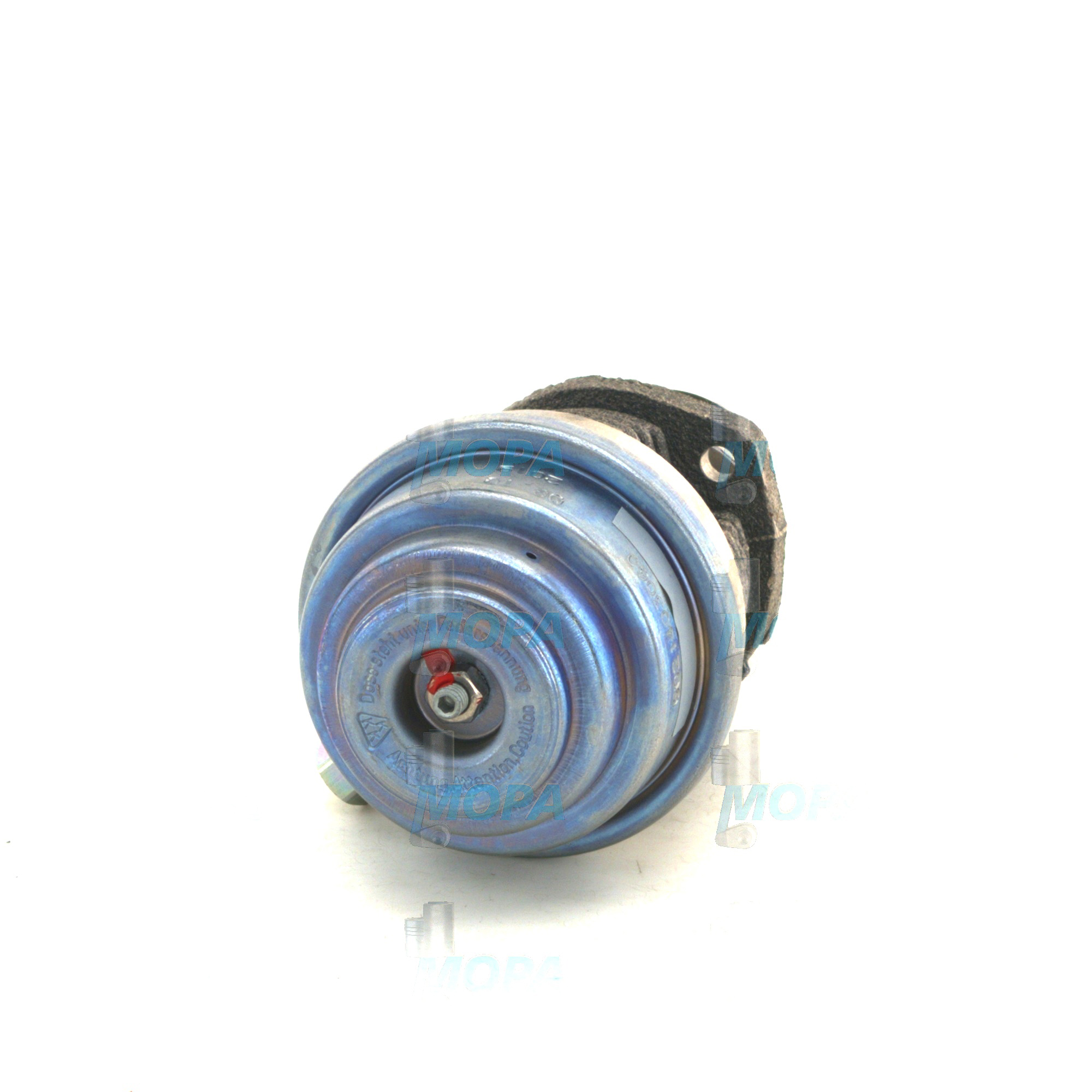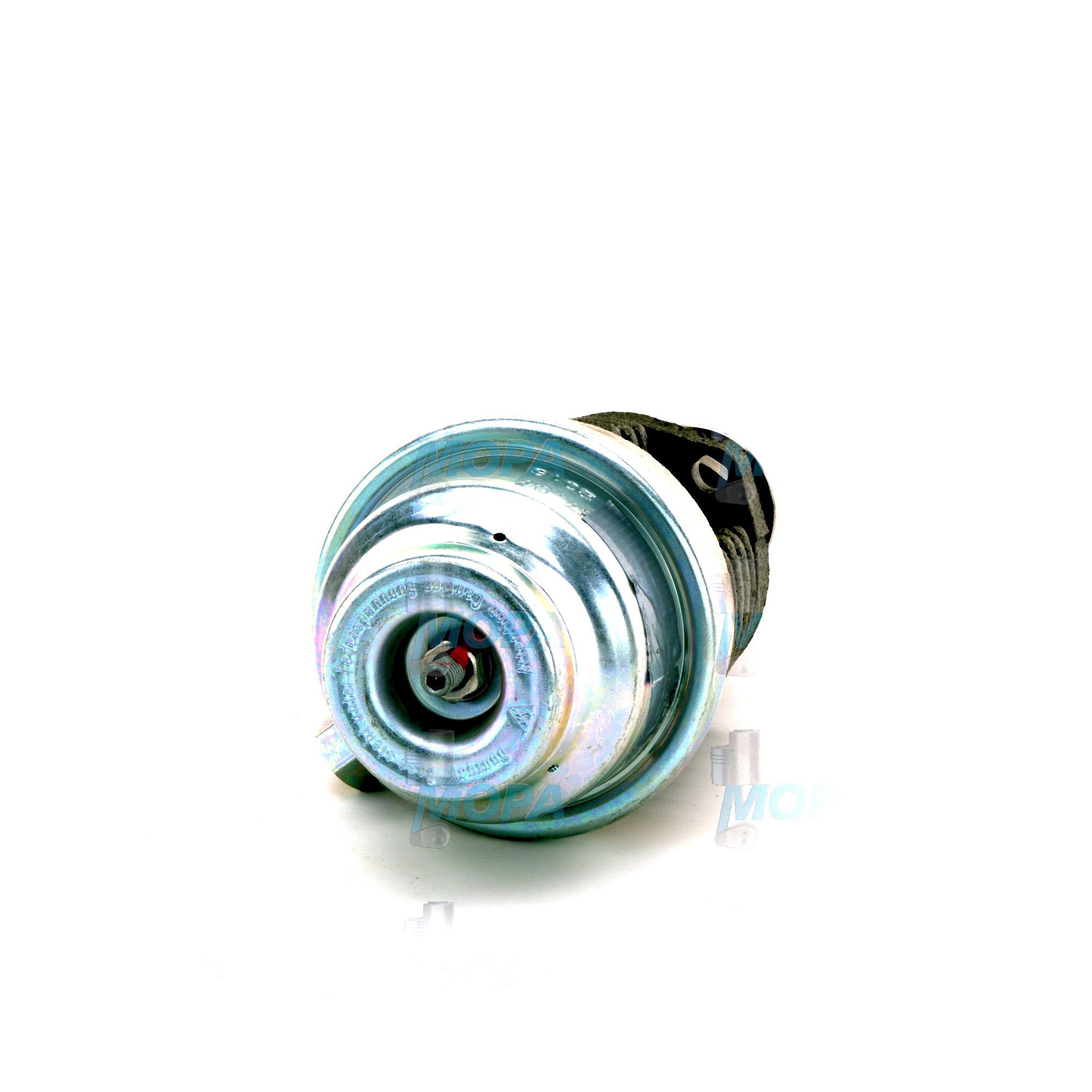VALVE CHARGE-AIR PRESSURE Valves for dependable engine performance
Valves are precision control components that manage flows and pressures across the air, fuel, lubrication, cooling, and exhaust systems of high-output engines. Within this broad category, charge-air pressure valves play a pivotal role in turbocharged applications by stabilizing boost and protecting critical hardware. Whether installed on a marine engine, a power-generation set, or an industrial drive, robust valves ensure clean combustion, predictable load response, and safe operation under varying ambient and duty conditions. For purchasers and technical decision-makers, choosing the right valves—and keeping them in specification—directly influences fuel efficiency, emissions compliance, and lifecycle cost.
VALVE CHARGE-AIR PRESSURE in diesel engine and marine engine systems: technical function of valves
In a turbocharged diesel engine, the compressor raises the charge-air pressure before it passes through the cooler and intake manifold. A dedicated VALVE CHARGE-AIR PRESSURE regulates this boost level, vents excess pressure during transients, and prevents surge or overboost that can harm the turbocharger and cylinders. On a marine engine subject to rapid load steps and variable sea conditions, precise control of charge-air pressure is essential to maintain stable air–fuel ratios, avoid smoke, and protect against thermal stress.
Depending on the engine design, these valves may function as relief, bypass, or control units operated by pneumatic, electric, or electro-pneumatic actuators. Key design aspects include seat geometry for tight sealing, corrosion-resistant alloys for humid salt-air environments, high-temperature stem and guide materials, and calibrated springs or diaphragms matched to the intended pressure map. Integrated sensors or position feedback can further refine closed-loop boost control. When engineered and calibrated correctly, the VALVE CHARGE-AIR PRESSURE ensures quick boost build-up after load acceptance, mitigates compressor surge during throttling events, and keeps manifold pressure within the safe operating envelope.
- · Stabilizes boost for consistent combustion quality.
- · Protects turbocharger from surge and overspeed.
- · Reduces thermal and mechanical stress on pistons and valves.
- · Improves transient response and load pickup.
- · Enhances fuel efficiency and emissions control.
- · Built from heat- and corrosion-resistant materials for long service life.
- · Available with pneumatic or electric actuation for precise control.
In multi-cylinder large-bore engines, additional valve types—such as intake and exhaust poppet valves, scavenge valves, and non-return valves—must work in harmony with the charge-air pressure control to balance airflow, maintain scavenging efficiency, and ensure even cylinder-to-cylinder distribution. The combined behavior of these valves defines how the engine breathes, cools internally, and handles sudden load changes.
Why valves are critical for reliability and service life
Valves sit at the intersection of pressure, temperature, and flow—three forces that dictate engine health. If a VALVE CHARGE-AIR PRESSURE sticks, leaks, or drifts out of calibration, the engine may suffer overboost, elevated exhaust temperatures, detonation tendencies in gas engines, turbocharger bearing wear, or compressor surge that leads to blade damage. Under-boost conditions are just as harmful, causing sluggish response, poor combustion, carbon accumulation, and increased specific fuel consumption.
General valve wear mechanisms include seat recession, stem galling, spring fatigue, diaphragm cracking, and corrosion from condensate or salt-laden air. These issues can escalate to uncontrolled pressure spikes, uncommanded venting, and instability across the charge-air system. Proactive inspection intervals, correct actuation pressures, and adherence to the engine maker’s calibration data are essential to avoid unplanned downtime and costly component replacements.
Advantages of OEM spare parts suitable for Valves
For engines running around the clock—whether at sea or on land—the precision of valve components is non-negotiable. OEM spare parts suitable for valves are produced to the engine manufacturer’s specifications for metallurgy, heat treatment, surface finish, and dimensional tolerances. That precision translates into predictable opening characteristics, repeatable sealing, and correct response times across the full operating range.
Choosing VALVE CHARGE-AIR PRESSURE OEM parts safeguards performance and budget by minimizing setup time, reducing tuning iterations, and extending service intervals through proven materials and validated assemblies. From calibrated springs and diaphragms to matched seats and guides, every element contributes to stable boost control and component longevity.
Selecting the right VALVE CHARGE-AIR PRESSURE OEM parts
When specifying replacements, verify pressure set points, actuator type (pneumatic vs. electric), temperature rating, material compatibility with marine atmospheres, and integration with control systems. For a diesel engine in heavy-duty operation, ensure that the selected unit’s flow capacity and hysteresis align with the turbocharger map and manifold volume to prevent surge and lag. Proper documentation and traceability assist maintenance planning and regulatory compliance.
MOPA: fast, high-quality, and secure supply of OEM parts for diesel and gas engines
MOPA is an experienced and reliable partner for OEM spare parts valves—covering charge-air pressure control, intake and exhaust, and auxiliary systems. Customers rely on our speed of delivery, consistent quality, and secure, transparent handling throughout the trade of OEM parts for diesel and gas engines. We support purchasers and fleet operators with technical matching, sourcing from established manufacturers, and packaging that protects precision surfaces during transport. With MOPA, you get responsive service, clear documentation, and components aligned with engine specifications to keep your assets running efficiently.
Conclusion
Valves—especially the VALVE CHARGE-AIR PRESSURE—are critical to engine efficiency, safety, and durability by managing boost, airflow, and thermal loads. Selecting OEM spare parts suitable for valves ensures precise control, predictable service life, and strong cost performance across marine engine and industrial applications.



